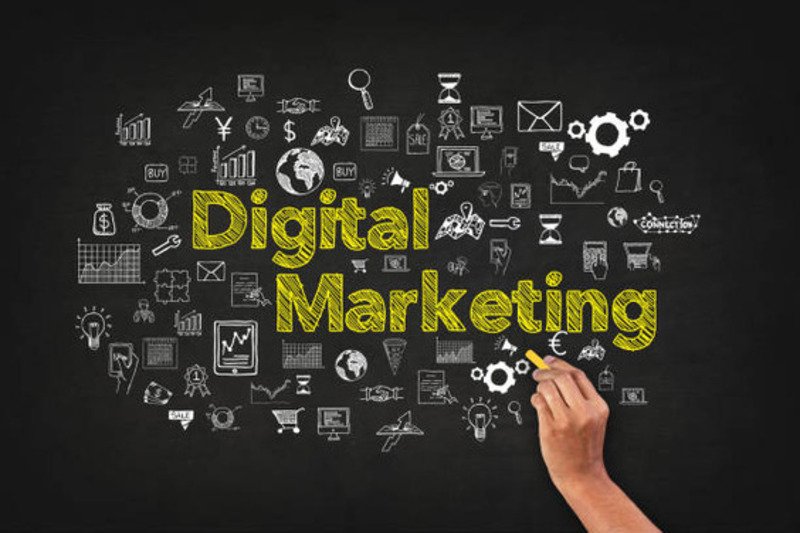Navigating the maze of medical device regulations can feel like trying to find a needle in a haystack. Whether you’re a distributor, importer, or any link in the medical device supply chain, staying compliant with ever-evolving regulations is a must. But here’s the kicker: ISO 13485 Certification isn’t just some box to check. It’s a crucial, industry-standard marker that could make or break your reputation and business operations.
But don’t panic. Understanding ISO 13485, what it entails, and how it impacts your business doesn’t have to be daunting. In fact, it can offer you a significant edge over your competitors, ensuring not just compliance but real growth.
So, let’s break it down, step by step. Here’s why ISO 13485 certification is not just something you have to do—it’s something you want to do.
What Exactly is ISO 13485 Certification?
ISO 13485 is the international standard for quality management systems (QMS) tailored to medical devices. Think of it as a seal of approval that says: “Hey, this company is committed to maintaining rigorous standards of quality and safety when it comes to medical devices.” It covers everything from design and manufacturing to distribution and post-market activities.
For medical device distributors and importers, this certification is your ticket to ensuring that the products you’re handling meet the global safety, regulatory, and quality requirements. It’s not just a nice-to-have; it’s essential for doing business internationally.
At its core, ISO 13485 helps organizations create a solid framework that ensures consistent product quality while meeting customer expectations. More than that, it directly impacts regulatory compliance, helping companies avoid costly recalls, fines, and damage to their reputation.
Why Should Medical Device Distributors & Importers Care About ISO 13485?
You might be thinking, “I’m just the middleman—does this really apply to me?” The short answer is yes. The long answer? Let’s explore it.
- It Builds Trust with Your Customers
Imagine this: You walk into a store and see two similar products—one certified, the other not. Which one do you trust? ISO 13485 certification can be a huge differentiator, showing your customers that you care about quality and regulatory standards. With certification, you’re signalling to doctors, hospitals, and healthcare providers that they’re working with a business that takes their compliance responsibilities seriously.
- It Streamlines Global Trade
Think about the headache of dealing with different regulations across borders. By complying with ISO 13485, you’re not just ticking off requirements; you’re also smoothing the path for easier entry into global markets. It’s like having a key that unlocks doors to a wider network of buyers and suppliers. International distributors and importers demand certification, and it’s essential for seamless trade.
- Risk Reduction
No one likes to think about worst-case scenarios, but the reality is, non-compliance could lead to costly fines, product recalls, and damage to your brand’s reputation. ISO 13485 helps mitigate those risks by ensuring that you have a robust system in place to manage and monitor product quality, from receiving shipments to final delivery.
The Benefits of ISO 13485 Certification
Let’s talk about what’s in it for you, besides avoiding penalties.
- Better Market Access
ISO 13485 opens up doors to international markets where strict regulatory standards are the norm. Countries like the US, Canada, and the European Union require certification for medical device distribution. Without it? You’re stuck at the gates. But once certified, you gain access to a massive market of medical device buyers.
- Enhanced Operational Efficiency
It’s not all about regulatory compliance. Implementing ISO 13485 also brings operational benefits. The certification process forces you to take a good, hard look at your internal processes, weed out inefficiencies, and create a streamlined system. With proper documentation and monitoring, you’re less likely to miss details, reduce errors, and improve supply chain operations.
- Increased Customer Confidence
You want to build lasting relationships, right? Customers are more likely to trust companies that adhere to globally recognized standards. ISO 13485 certification shows that you care about quality control, and it boosts customer loyalty.
- Continuous Improvement
One of the lesser-discussed benefits of ISO 13485 is the focus on continuous improvement. Certification doesn’t just happen once and that’s it. It’s an ongoing process that challenges you to keep raising your standards, keeping you ahead of competitors and regulatory changes.
What’s the Catch? Common Challenges with ISO 13485 Certification
Let’s be honest for a second: getting certified isn’t a walk in the park. There are hurdles to overcome, and it’s not just about checking boxes.
- Initial Costs & Time Investment
Setting up a quality management system, developing the required documentation, and undergoing audits can be costly and time-consuming. It’s an investment—but one that pays off in the long run when you factor in the reduced risk of non-compliance and potential lawsuits.
- Constant Monitoring and Audits
After your certification, there’s no resting on your laurels. ISO 13485 requires regular audits to ensure you continue meeting the standards. You’ll need to commit to ongoing internal assessments, employee training, and updates to your QMS. But think of it this way: this keeps you sharp and your operations running smoothly.
- Cultural Resistance
Shifting your company culture to embrace ISO 13485 compliance can be a challenge, especially if you’re used to a more laid-back approach. Getting everyone on board requires education and leadership. But once the systems are in place and your team sees the benefits, they’ll understand why it matters.
How to Achieve ISO 13485 Certification (Step-by-Step)
Achieving ISO 13485 certification might sound overwhelming at first, but breaking it down into smaller steps can make the process more manageable.
- Understand the Requirements
The first step is to familiarize yourself with the ISO 13485 standard. Yes, it’s detailed, but you don’t have to do it alone. There are consultants, online courses, and resources that can help you understand the specifics. The more you know, the smoother the process will be.
- Conduct a Gap Analysis
Take stock of your current processes and compare them with the requirements of ISO 13485. What’s missing? Where are your gaps? This is crucial because identifying areas of non-compliance early on will save you time and headaches later.
- Develop a Quality Management System (QMS)
You’ll need to create a documented QMS that outlines your processes for managing quality. This will cover everything from procurement to distribution. Think of it like a playbook for ensuring product safety and regulatory compliance.
- Train Your Team
Certification isn’t just about the processes you create; it’s also about the people who follow them. Make sure your team is fully trained on the new QMS, ISO 13485 requirements, and what their roles are in maintaining compliance.
- Undergo an External Audit
Once your QMS is up to snuff, it’s time for an external audit by a third-party certification body. They’ll review your processes, verify your documentation, and ensure everything meets the standards. Don’t worry if you don’t pass on the first try. You’ll get feedback and a chance to correct any deficiencies.
Maintaining Your ISO 13485 Certification: It’s a Marathon, Not a Sprint
The work doesn’t stop once you’ve achieved ISO 13485 certification. The key here is maintenance. It’s like owning a car—you need to perform regular check-ups to keep things running smoothly.
- Ongoing Audits & Reviews
Keep up with internal and external audits. ISO 13485 is all about continuous improvement, and audits are a great way to identify areas for growth.
- Employee Training
New regulations pop up, and technologies evolve. Regular training sessions are crucial to ensuring that everyone is on the same page.
- Process Monitoring
Have systems in place to measure the effectiveness of your QMS. This will help you spot potential issues before they become big problems.
Looking Ahead: ISO 13485 and the Future of Medical Device Distribution
The regulatory landscape for medical devices is constantly shifting. As the industry continues to innovate, ISO 13485 will likely evolve to accommodate new technologies, processes, and risks. For distributors and importers, staying ahead of these changes is essential for maintaining competitive advantage.
In the coming years, ISO 13485 could become even more crucial as international markets demand greater transparency and accountability. Distributors that invest in maintaining certification will be better positioned to weather regulatory changes and thrive in a more competitive, compliance-driven environment.
Final Thoughts: Why Certification is More Than Just a Paper Trail
At the end of the day, ISO 13485 certification isn’t just a regulatory requirement—it’s an investment in the future of your business. It builds trust, reduces risk, opens doors to global markets, and helps you improve operations. It might take time, effort, and resources to achieve, but once you’ve got it, you’ll see the payoff in the form of improved business relationships, smoother international operations, and a much more streamlined approach to compliance.
Remember, ISO 13485 isn’t the finish line; it’s the starting point. So, are you ready to take that first step towards better quality, stronger compliance, and greater success?














Leave a Reply